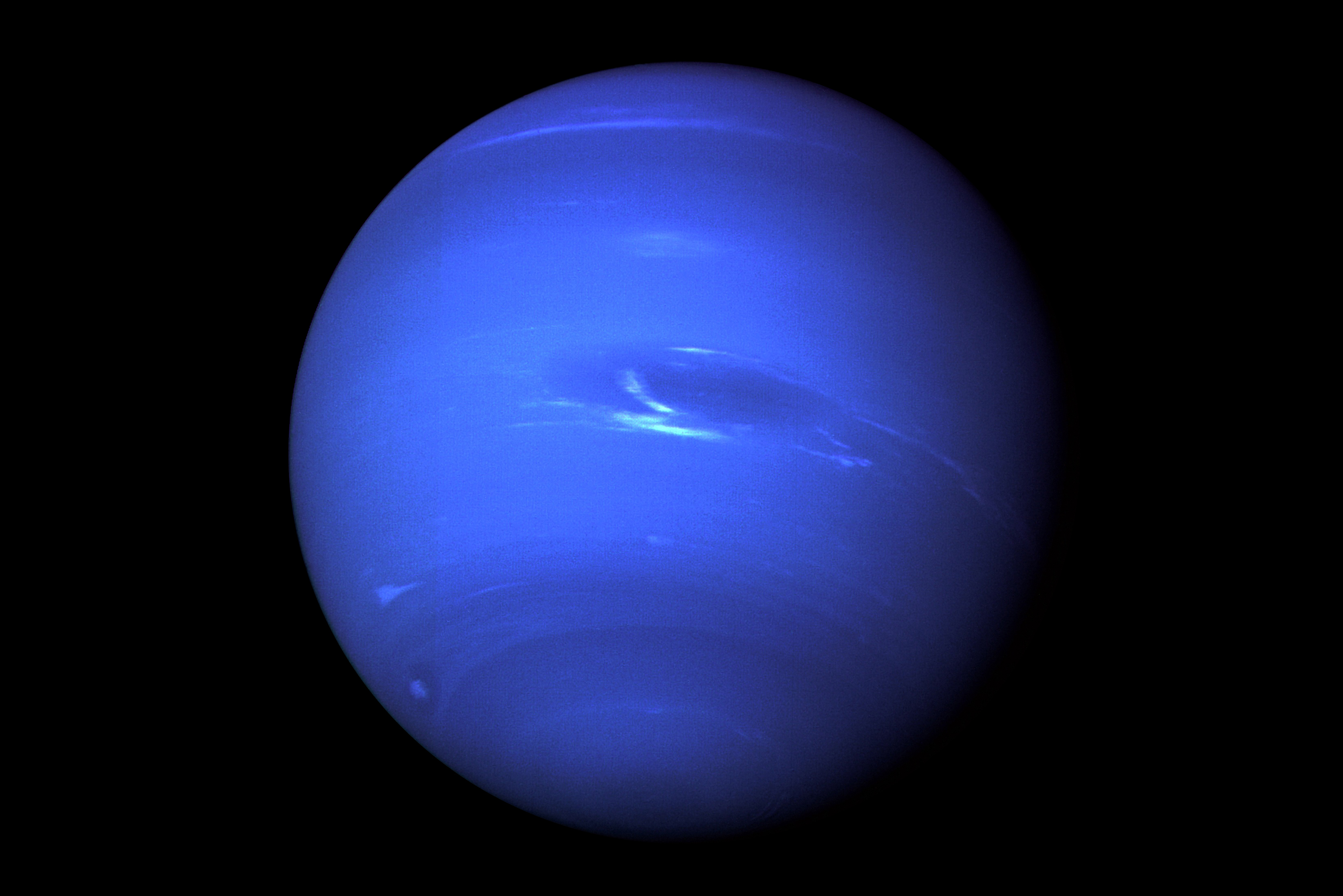Kobold Avenger
Legend
I'm pondering a world that's a "Gas Giant" possibly even the size of Jupiter, but not like a real one that would be toxic and very deadly. But one where it's quite livable to be in and most of the people live on floating islands or earth motes of various sizes. And that the main method of getting around is Airships. Also I want to technology of most places around the world to between the equivalents of the 1600's to early 1800's, roughly what covers the Age of Piracy and a little beyond. I definitely want Airships to be using cannons (both non-magical with cannonballs and magical with elemental energy varieties) against each other. Yes there probably will be a lot of sky pirates.
So here's some things I'm pondering, what happens if someone falls off an island or a ship? Should there be a bunch of additional last chances, before falling into unknown oblivion of whatever might be at the planet's mysterious core or lower atmosphere?
A planet the size of Jupiter is much larger than most of us can fathom, so what sort of supernatural phenomena should there be to make travel around the world quicker? Air their magical currents of wind that Airships use? In fact how long should it take for an airship to go around the world?
What creatures live in the skies that compose most of the world?
So here's some things I'm pondering, what happens if someone falls off an island or a ship? Should there be a bunch of additional last chances, before falling into unknown oblivion of whatever might be at the planet's mysterious core or lower atmosphere?
A planet the size of Jupiter is much larger than most of us can fathom, so what sort of supernatural phenomena should there be to make travel around the world quicker? Air their magical currents of wind that Airships use? In fact how long should it take for an airship to go around the world?
What creatures live in the skies that compose most of the world?

